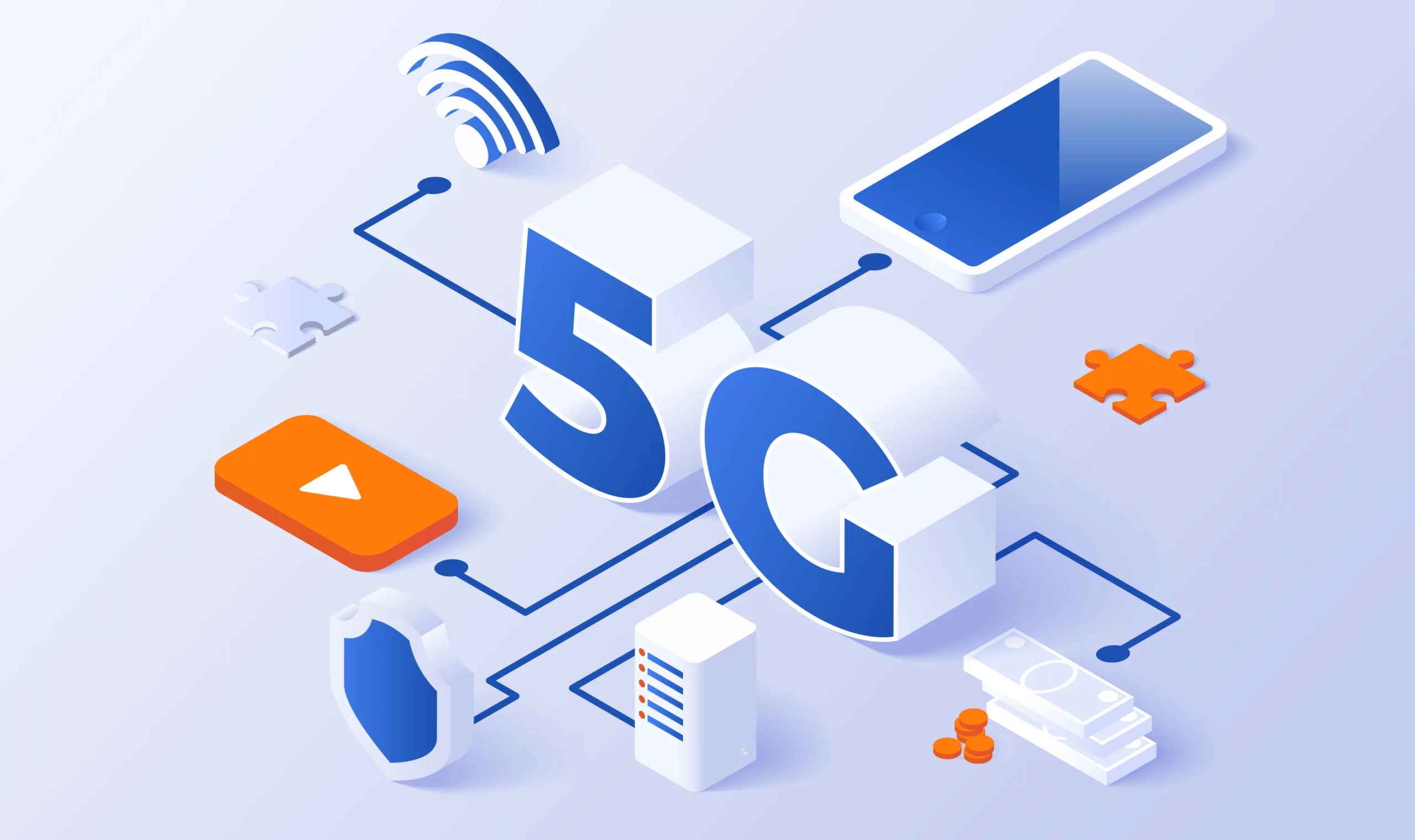zoomacademia.com – The roll-out of 5G networks is one of the most significant technological advancements of the 21st century. Promising faster speeds, lower latency, and greater capacity than its predecessor, 4G, 5G is set to transform industries, empower new technologies, and enhance the way we live, work, and communicate. But what exactly is 5G, and why is it so important?
What is 5G?
5G is the fifth generation of mobile network technology, following 4G LTE (Long-Term Evolution). It aims to provide faster data speeds, more reliable connections, and a larger capacity for handling more devices and traffic simultaneously. This next-generation network is designed to support the increasing demand for mobile data, driven by trends like video streaming, Internet of Things (IoT) devices, and the growing use of mobile applications.
The 5G network works through a combination of different technologies, including:
- Millimeter Waves (mmWave): These are higher-frequency bands that can carry more data and offer faster speeds but over shorter distances.
- Sub-6 GHz: These frequencies offer broader coverage but with slightly lower speeds compared to mmWave.
- Small Cell Networks: To overcome the limitations of high-frequency mmWave, 5G networks use many small cells (small antennas placed closer together) to provide denser coverage, especially in urban areas.
- MIMO (Multiple Input, Multiple Output): This technology increases the capacity of the network by using multiple antennas to send and receive more data at once.
- Network Slicing: This allows operators to create dedicated “virtual networks” that can be customized to meet specific needs, whether for mobile users, industrial applications, or IoT devices.
Key Features of 5G
1. Blazing Fast Speeds
One of the most anticipated features of 5G is its ultra-fast download and upload speeds. While 4G networks offer speeds of up to 1 Gbps, 5G can theoretically reach speeds of 10 Gbps, making it up to 100 times faster. This will drastically reduce download times for large files and improve the quality of services like HD video streaming, gaming, and real-time applications.
2. Low Latency
Latency refers to the delay between sending and receiving data. 5G promises to reduce latency to as low as 1 millisecond, compared to 20-30 milliseconds on 4G. This near-instantaneous communication is crucial for applications like remote surgery, autonomous vehicles, and industrial automation, where split-second decisions can make a life-or-death difference.
3. Massive Device Connectivity
5G networks can support millions of devices per square kilometer, which is essential for the growing number of Internet of Things (IoT) devices. Everything from smart homes and connected cars to wearables and industrial machinery will benefit from 5G’s ability to handle massive amounts of data traffic simultaneously.
4. Improved Network Efficiency
5G will allow for better network optimization and efficiency, enabling more users and devices to stay connected without overloading the system. This will lead to more consistent service quality, even in high-traffic areas like stadiums, concerts, or urban centers.
The Impact of 5G on Different Industries
5G’s potential goes far beyond faster mobile internet. It is expected to revolutionize various sectors by enabling new applications and business models.
1. Healthcare
5G has the potential to transform healthcare by enabling telemedicine, remote surgery, and real-time patient monitoring. For example, with ultra-low latency, surgeons could perform operations remotely using robotic systems, while doctors could monitor patients’ vital signs in real-time through connected devices.
2. Automotive
Self-driving cars rely heavily on 5G for real-time communication with other vehicles and infrastructure. The low latency of 5G enables autonomous vehicles to react quickly to changes in their environment, such as road hazards or traffic signals. Moreover, 5G will support vehicle-to-everything (V2X) communication, allowing vehicles to communicate with pedestrians, cyclists, and even traffic lights.
3. Manufacturing and Industry 4.0
5G will fuel the next wave of industrial automation by connecting machines, sensors, and robots in factories. This will allow for more efficient, real-time monitoring and control of manufacturing processes, predictive maintenance, and greater flexibility in production lines.
4. Entertainment and Gaming
For consumers, 5G promises to revolutionize entertainment. Faster speeds and lower latency will enhance experiences like virtual reality (VR), augmented reality (AR), and 4K/8K video streaming. Mobile gaming, in particular, will be transformed by the ability to stream console-quality games to phones and other devices without lag.
5. Smart Cities and IoT
5G will be a driving force behind the development of smart cities, where everything from traffic lights to trash bins is connected to the internet. By enabling seamless communication between devices, 5G will improve traffic management, waste management, energy efficiency, and public safety. Smart grids, for example, will be able to optimize electricity usage in real-time, improving sustainability and reducing costs.
Challenges of 5G Deployment
While the potential of 5G is vast, its deployment faces several challenges:
1. Infrastructure Costs
Building out the necessary infrastructure for 5G, especially small cells and new towers, is expensive and time-consuming. This requires significant investment from both governments and private telecom companies.
2. Spectrum Allocation
5G relies on a variety of spectrum bands, including both lower frequencies and high-frequency millimeter waves. Governments must allocate and auction this spectrum efficiently, and coordination is needed across regions and countries to avoid interference.
3. Security Concerns
As with any new technology, 5G raises potential security risks. Its greater reliance on cloud computing, connected devices, and the vast amount of data transmitted could make networks more vulnerable to cyberattacks. Securing 5G networks will require robust encryption, authentication protocols, and constant vigilance.
4. Health Concerns
There have been ongoing debates about the potential health risks of 5G, particularly related to electromagnetic radiation from the higher-frequency signals used in 5G. While scientific consensus thus far indicates no conclusive evidence of harm, continued research and monitoring are essential to address public concerns.
Conclusion
5G represents the next leap in mobile technology, offering transformative possibilities across industries and everyday life. From enabling smarter cities and autonomous vehicles to powering breakthroughs in healthcare and entertainment, 5G is set to redefine how we interact with the digital world. While challenges remain in terms of infrastructure and security, the promise of 5G is undeniable, paving the way for a more connected, efficient, and innovative future. As 5G networks continue to roll out worldwide, we can expect to see the profound effects of this technology unfold in the coming years.







